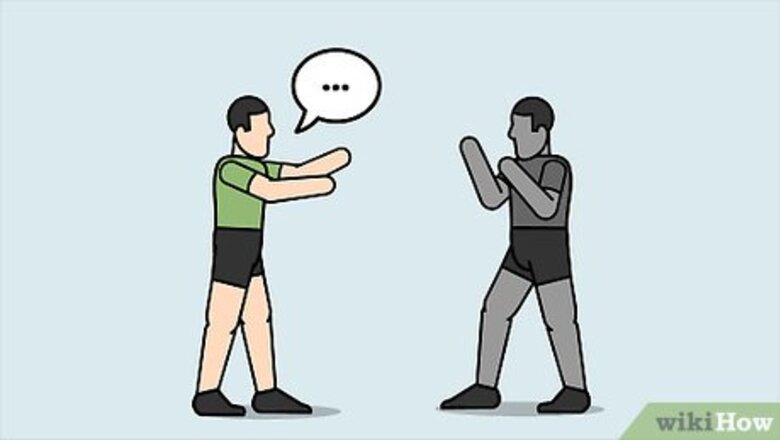
views
Avoiding Physical Conflict
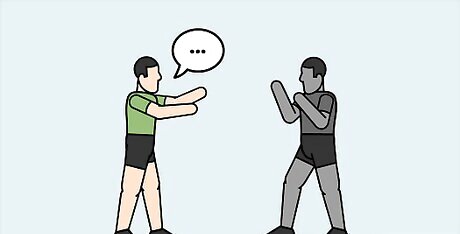
Try talking it out first. If the other party is riled up and looking for violence, words might not do any good, but it's usually a good idea to try. Physical fights can very likely end people in the ER, so avoiding them at all costs is advisable. Try to determine why the other person is angry, and see if you can talk them down. Some people may be motivated not by anger but by something else, like a mugger whose motivation is money. Trying to talk them out of the attack would be a bad idea that could cause even more trouble. In such a situation, giving up your money without defending yourself is the wisest choice to avoid harm. Physical fights very often start as a verbal fight, an argument. If you sense that a confrontation you're in might escalate to physical violence, try to quell the argument. First, lower your voice and end the shouting match. Say things like "I don't want to fight," and "I understand why you're upset" to make it very clear that you're not interested in escalating the conflict. Once the other person has calmed down some, start talking it over by conceding the points of the argument that they are right about, and what, if anything, you did wrong.
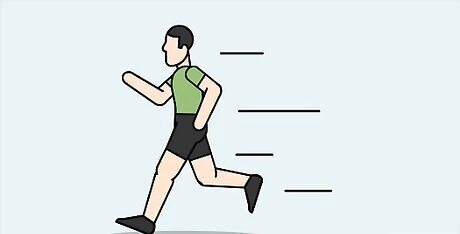
Let go of your ego and escape. While it may seem easier to fight, you should always run away rather than fight. It might wound your pride to run away from a fight, but a wounded pride is better than a wounded body, especially when a wounded body can have serious long-term repercussions. If you tried talking it out, and that didn't work, try getting away. Don't turn your back and run, as this leaves you vulnerable. Just slowly back away, while watching for any sudden moves. If your assailant is a mugger, give him your money. Chances are he has a knife or some other kind of weapon, and the money in your wallet is not more valuable than your life.
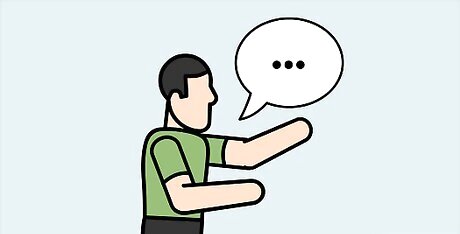
Lower your voice and apologize. Most fights with no good reason behind them start because of a combination of intoxication and miscommunication. Don't let your ego get in way of apologizing, even for something you didn't do. And keep your voice low and calm when you try to reason with the other party. This will avoid an escalation of shouting that leads to fists being thrown.
Preparing
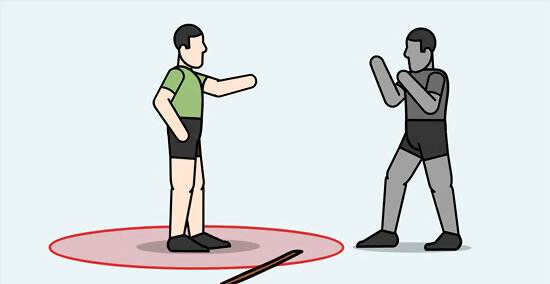
Assess your surroundings. If you cannot avoid a fight, then get prepared. Be aware of your surroundings. If there's something near you that you can use as a weapon, make note of it. Look out for friends your assailant has that look like they're ready to join the fight.
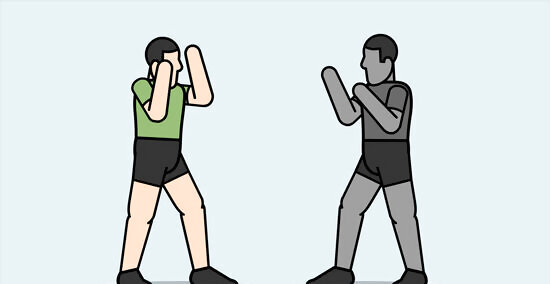
Assume a fighting stance. Just before you are about to fight, point one knee left or right and the other straight. Bend your knees until you are level with the fighter's eyes. Make fists and raise them so that they protect your face. Keep your elbows near your body.
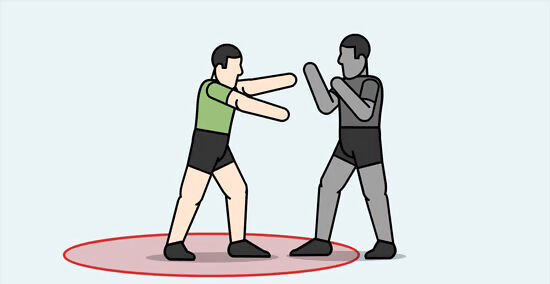
Make noise and protect your space. As soon as the other person enters your personal space or touches you, shove him/her back with a firm push and shout "back off!" This lets the assailant know you're not an easy target, and that you are prepared to defend yourself. It also signals to anyone around that you need help.
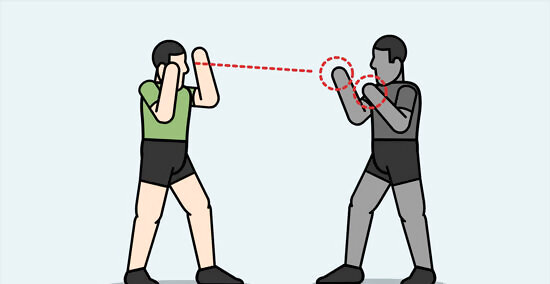
Keep your eyes on the other person's fists. A punch is easier to dodge or block if you see the arm moving back first, so keep your attention on the assailant's fists. If they have a knife, that should be the focus of your attention.
Defending Yourself
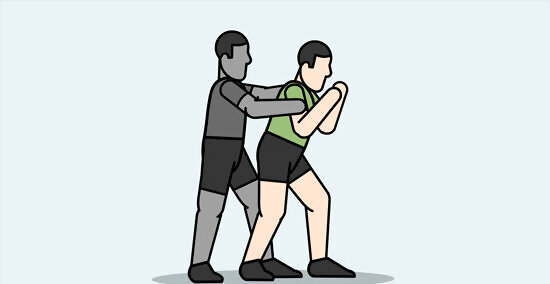
Escape an attack from the back. You should always try to keep your back away from an assailant. But if someone is behind you and tries to grab you, sit down. Try to get your whole body to the floor with as much force as you can. This will make it difficult for your attacker to hold you or lift you. If the attacker tries to choke you from behind, shove your elbow behind you into his/her collarbone as hard as you can.
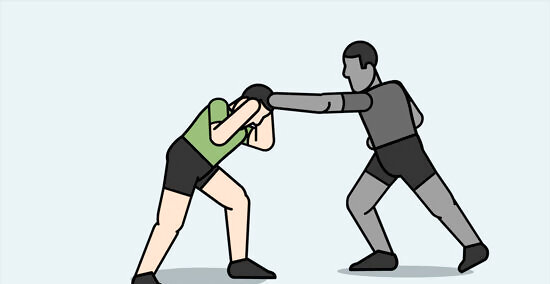
Take a punch effectively. While ideally you should avoid getting hit as much as possible, it's likely that your attacker will land a few punches. Knowing how to absorb a punch effectively can save you from a lot of pain and injury. If the attacker punches your head, move your head towards the punch. This sounds counter-intuitive, but this may cause the punch to miss its target, which was probably your nose or eye. You want to clench your jaw and tighten your neck, and try to absorb the punch with your forehead. The forehead is strong, so a punch there will cause you the least damage and hurt the other's hand the most. If the attacker punches your body, tighten your stomach. Don't suck in your stomach though. Try to twist your torso so that the punch lands on your obliques, rather than the middle of your stomach.
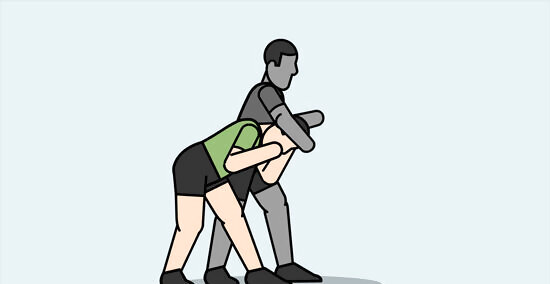
Get out of common grips and holds. There are effective movements you can do to escape some of the common holds that could arise during a fight. Four holds and grips you want to know how to escape are: the wrist hold, the choke hold, the bear hug, and the mount position. Wrist hold: If someone's got you by the wrist, squat down and then push your elbow towards the attacker until they can no longer hold on to your wrist. Choke hold: If someone's got an arm around your neck from behind, step to the side towards their choking arm and move your torso and head down until their arm can no longer maintain the hold. Bear hug: If someone is holding you from behind around your waist, drop your self down toward the ground and try to hit them in the stomach with your elbows or pry at their finger with your hands. Mount position: If someone has knocked you to the floor and is sitting on top of you, grab his/her left arm with both of your hands, your left hand around his/her elbow, your right hand around his/her wrist. Then use your leg to wrap your left foot around his/her left foot, and push your pelvis up and back to do a roll, out of the hold.
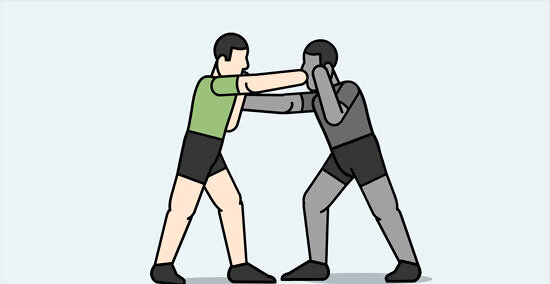
Don't waste any movement or energy. Real fights don't last long. It may take nothing more than a few quick hits for the fight to end, and it can happen in seconds. For this reason, it's important to be as efficient as possible with your movements. Don't waste energy or time jumping around or trying to fake your opponent out. Just defend against their attacks, and make your own when there's an opening.
Halting an Assailant
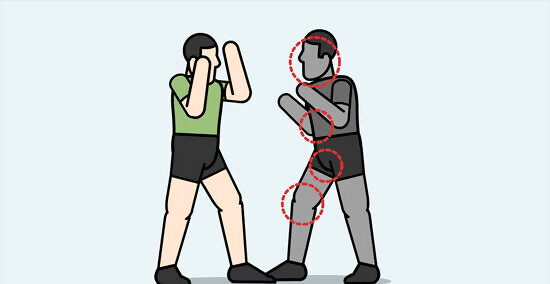
Go for the vulnerable areas of the body. The goal is to end the conflict as soon as possible, and that can be done by attacking the sensitive parts of the body to disable them. These areas include: Face: The eyes, nose, and ears are all sensitive and can easily be hurt enough to disable an attacker. Clapping your hands around someone's ears will stun them. A hard punch to the nose or finger in the eye can bring someone to their knees. Throat: A strike to the throat can stop someone in their tracks. Groin: A hit to the groin can cause a lot of pain and incapacitate someone long enough for you to escape. Knees: A hard kick to the knee can stop someone who's chasing you or bring someone down. Stomach: You can knock the wind out of someone with a hit the stomach.
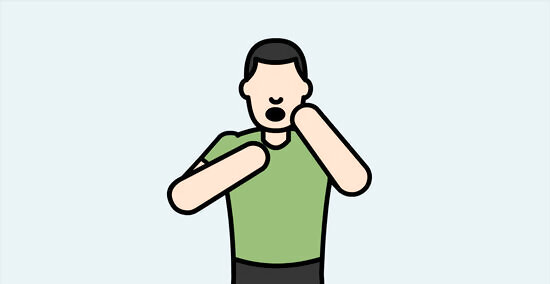
Make noise. Being loud while in a confrontation will do two things: One, it will create intimidation. The more intimated your opponent is, the more likely he is to back off. Two, it will draw the attention of others, who can potentially help you get out of the situation.
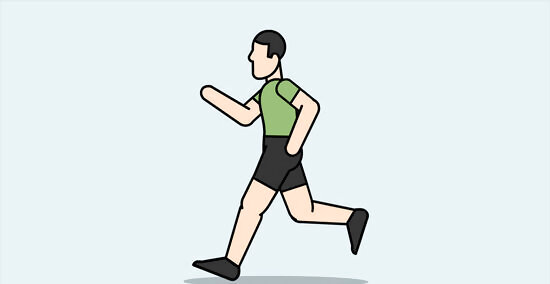
Escape the fight. The fastest way to end a fight is to quickly incapacitate your assailant with a swift hit to a vulnerable body part, then get away. You don't need to knock the other person out, and the longer you stick around, the higher chance you have of being seriously injured, so it's best to just escape the situation as soon as possible.

















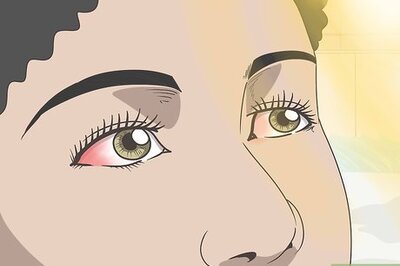


Comments
0 comment